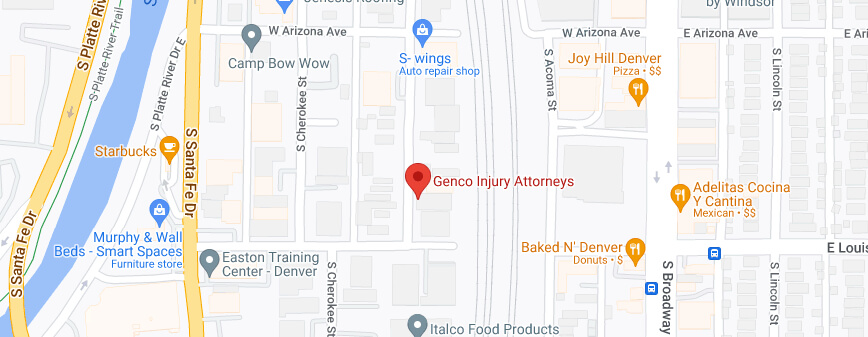After a car accident, you will likely file a claim with the at-fault driver’s insurance company to seek compensation for the damages you’ve suffered. When they make you a settlement offer, they will require you to sign a release of all claims form as a condition for receiving the compensation. This is a crucial document you should thoroughly read and understand before signing because it has serious legal consequences. It is best to consult with a lawyer before you sign it to ensure it is valid, accurate, and provides you with the compensation you need.
Is There a Difference Between a Release of All Claims Form and a Liability Waiver?
No, a liability waiver form is just another name for a release of all claims form. This document is included as part of a car accident settlement. In it, the parties involved in the dispute agree to settle their differences, dismiss their legal claims, and release the other party from liability. Basically, the plaintiff agrees to give up their legal right to sue in exchange for the agreed-upon compensation. Before the defendant pays the compensation, the plaintiff must sign this form. This legal document ends the case and prevents the plaintiff from bringing any further legal action for the incident.
What is Included in a Release of All Claims Form?
Because this is a legally binding contract, it must be carefully crafted to cover all the necessary information regarding the claim. This includes:
- The names and addresses of all involved parties.
- All relevant details of the accident, including the date and place of the accident and its circumstances.
- A detailed listing of all the claims the form releases, for example, bodily injury or property damage.
- A statement that the plaintiff releases the defendant from liability for the aforementioned claims.
- A record of what consideration or payment is being offered in exchange for the release
What Should You Know Before Signing a Release of All Claims Form?
It is critical to carefully read and understand this form before signing. Your lawyer should look it over and ensure that it does not contain any inaccuracies or surprises because once you sign it, you are bound to its terms. For instance, you want to know precisely which claims you are releasing. Sometimes the form will only cover property damage claims because bodily injury claims take longer to negotiate and will be handled in a separate document. You should also ensure that the payment you agree to includes all current and anticipated damages from the accident because you are giving up your right to sue, even if you have further bills in the future. If you have not reached a stable point in your recovery, you should not sign a release of all claims form yet, because you may be facing further treatment for your injuries.
If you feel at all uncertain about the terms of the agreement, do NOT sign it. Do not allow the insurance company to rush you into making this critical decision. Contact our law office for experienced guidance and assistance: 303-500-1376.









